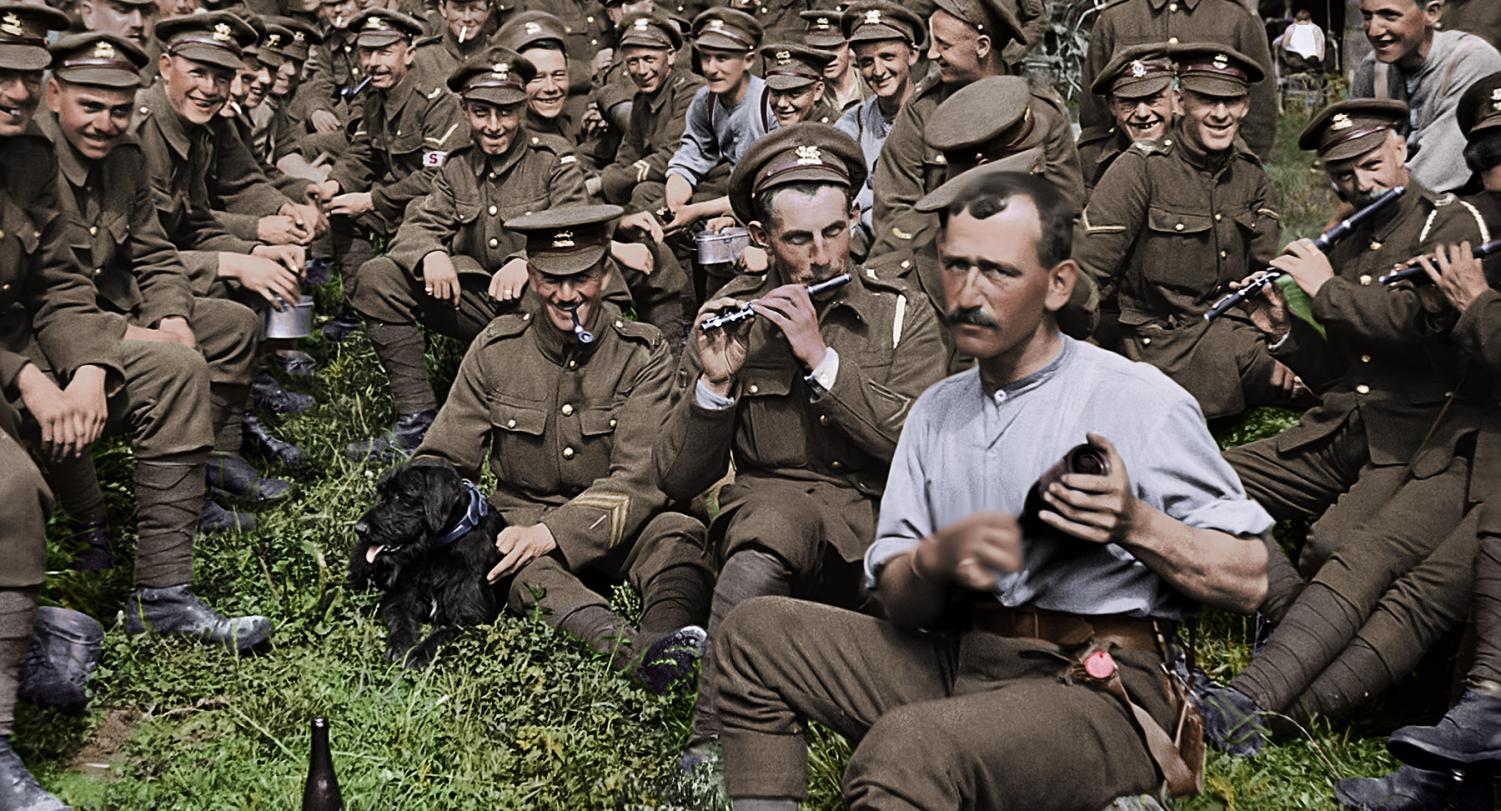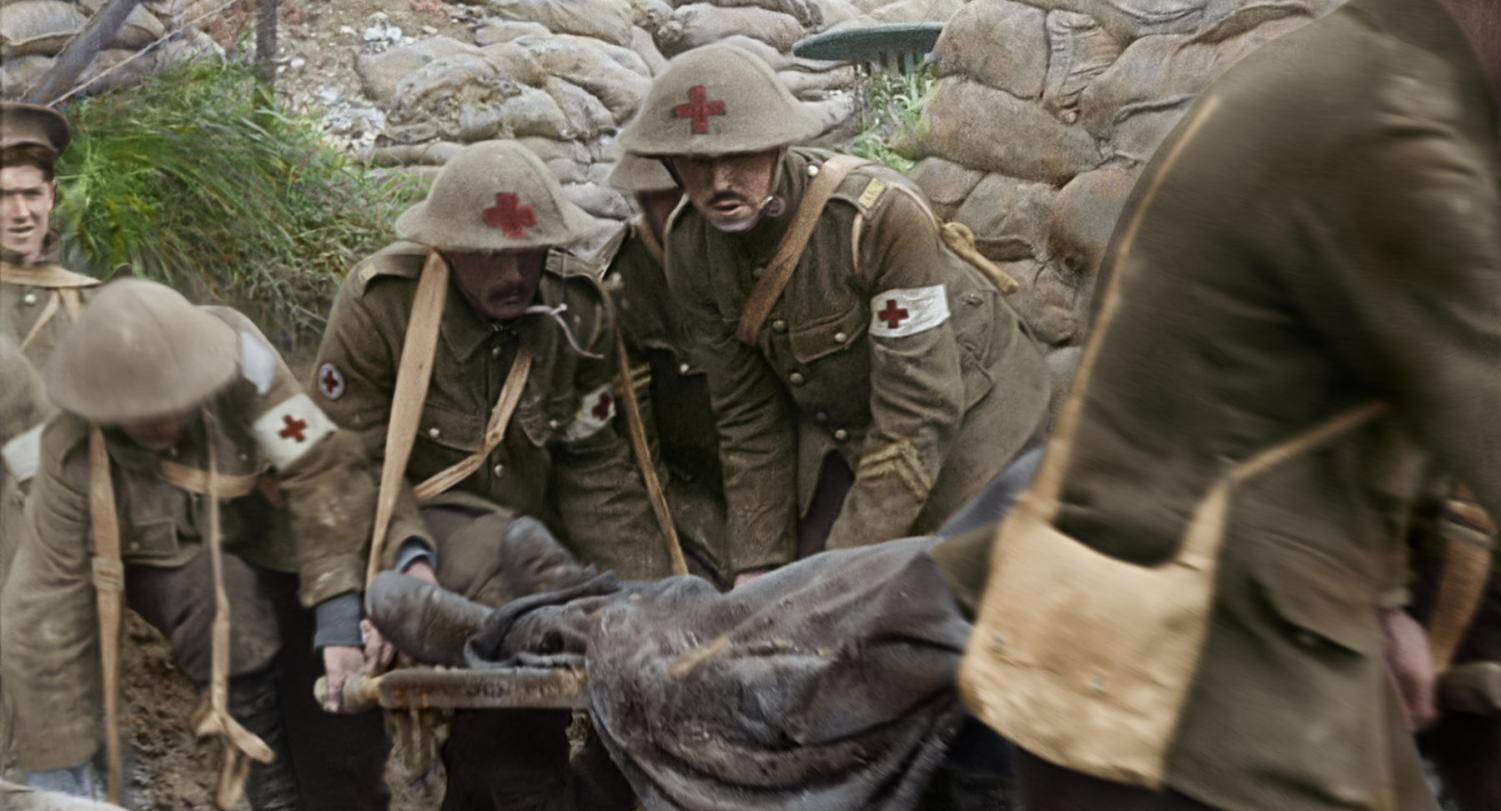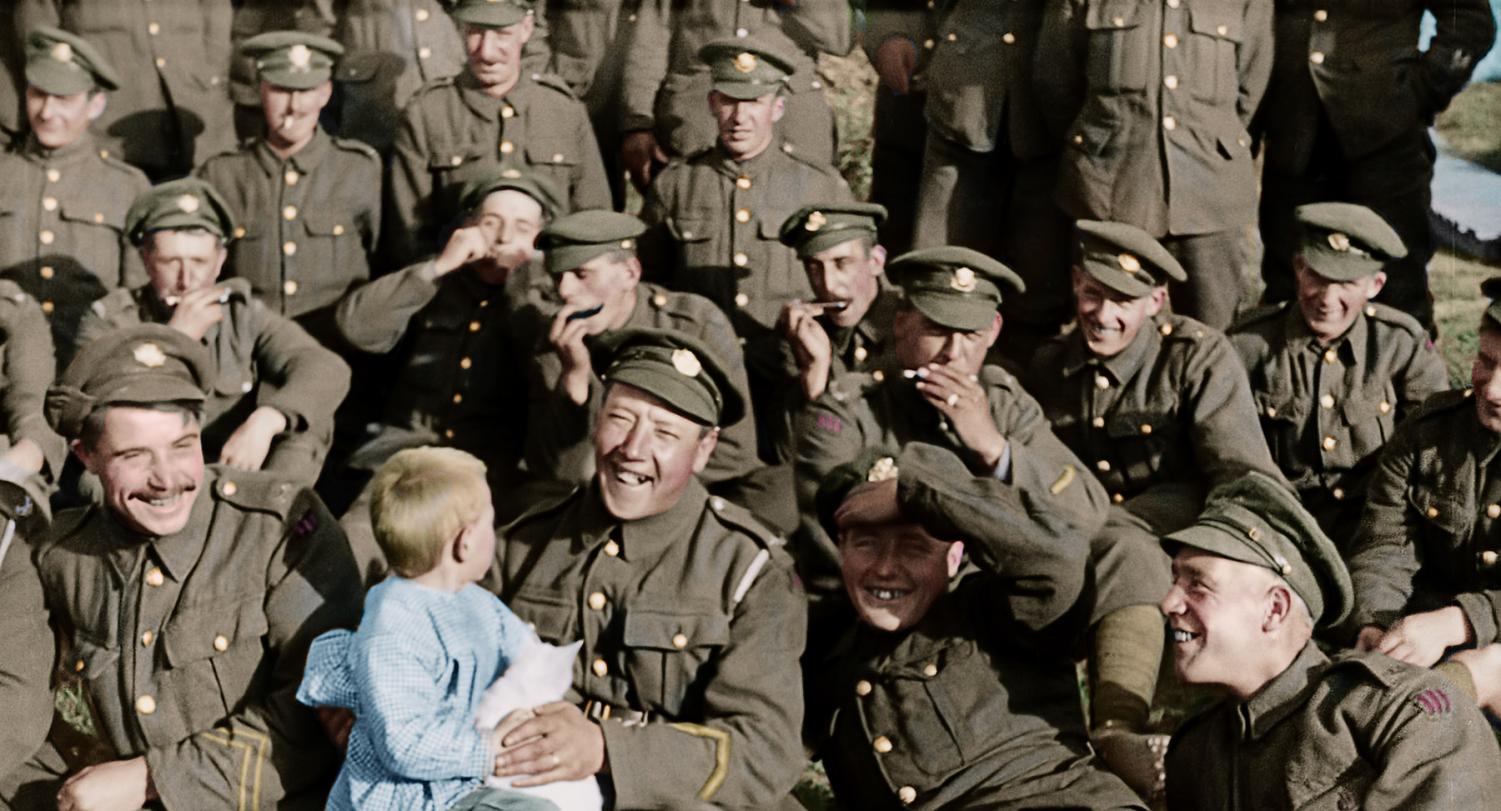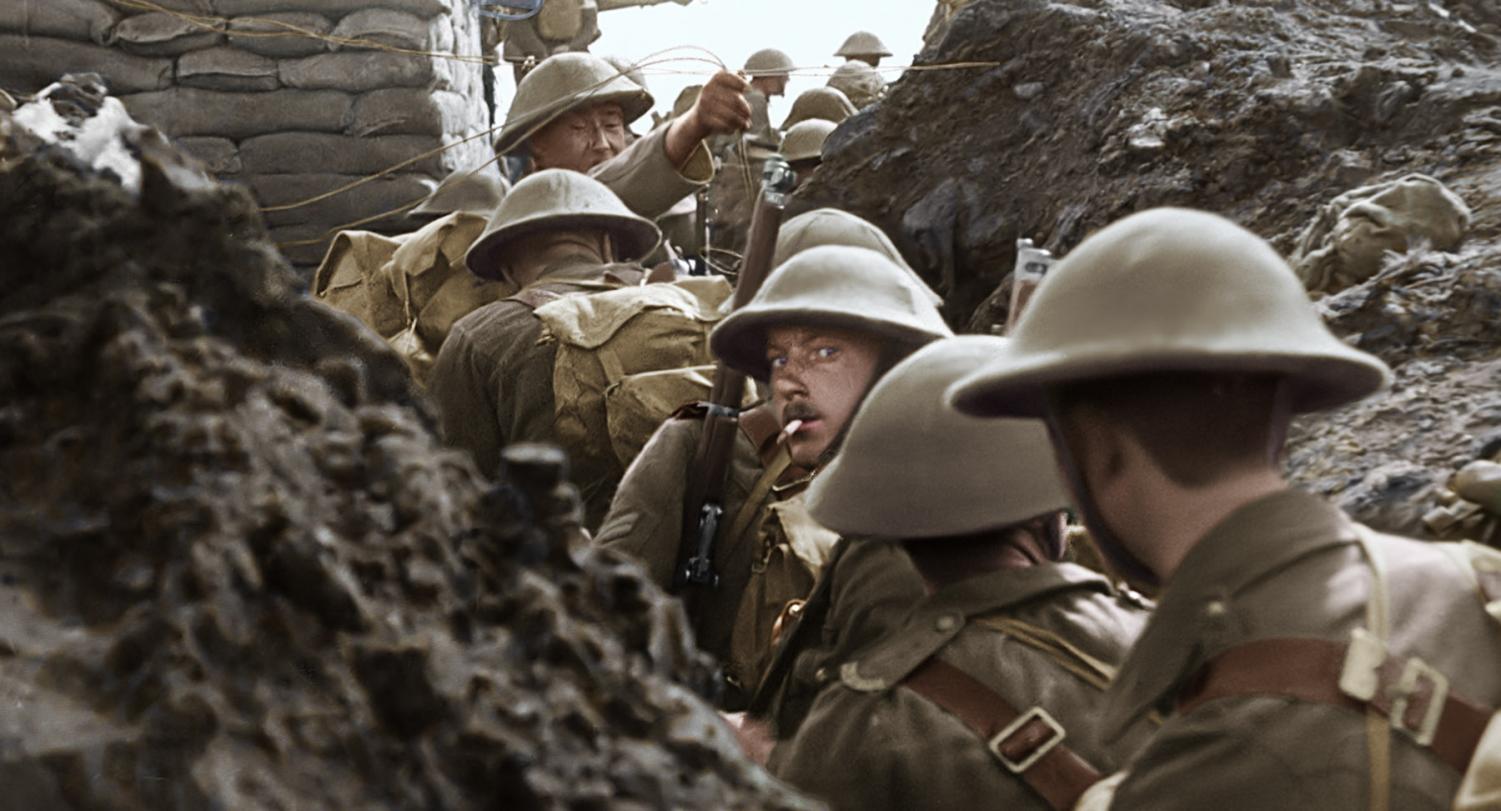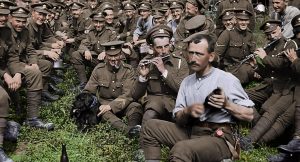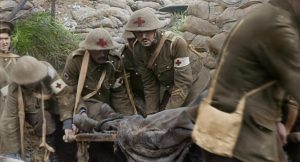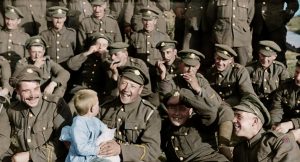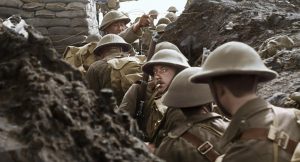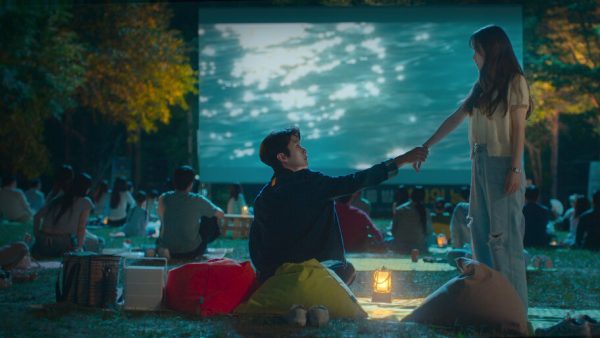They Shall Not Grow Old
In his latest film, director Peter Jackson uses high-tech methods to create a one-of-a-kind documentary
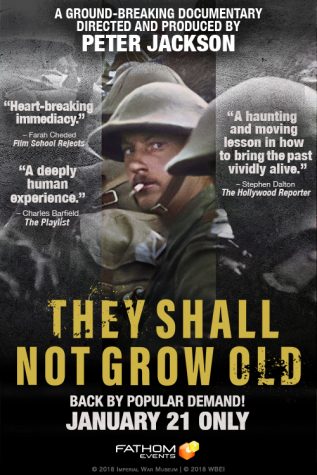
The poster for Peter Jackson’s latest film
2018 was a year of anniversaries. The year marked the 50th anniversary of the Vietnam War’s Tet Offensive, 50 years since the assassinations of Robert Kennedy and Martin Luther King Jr, and 50 years since the crew of Apollo 8, circling the Moon, snapped their famous ‘Earthrise’ photo. However, while the events of 1968 figure prominently in many memories, it is also important to remember that last year marked the 100th anniversary of the end of the First World War. While many ceremonies and events observed this important centennial, none were more thought-provoking than Peter Jackson’s latest film, the documentary They Shall Not Grow Old.
In the years since 1918, many filmmakers have used historical footage to attempt to show the brutality of life in the trenches. However, even though the events of WWI took place within modern times, films from that era give the impression that the war happened on another planet. The cratered, monochrome landscapes appear to be taken from the Moon rather than France, and the soldiers that march silently down Belgian streets seem to be quiet robots rather than real people. They Shall Not Grow Old’s director, Peter Jackson, seems to have found the solution to these problems. By combining computer technology with a painstaking attention to detail, the director’s New Zealand studio has restored the old film, improving quality while maintaining historical accuracy.
In a short special after the film, Jackson described some of the methods used to improve the old footage. Using computer technology, his team adjusted the frame-rate of each clip while stabilizing jittery footage, resulting in a documentary that looks as if it has been taken with a modern camera. Additionally, Jackson’s crew, working with an American company, digitally colorized the film, using modern photographs from old battlefields and samples of clothing to make scenes a bit closer to what the soldiers would have seen themselves. The most important part of the restoration, however, was the introduction of sound. Up until the late 1920s, movies and newsreels were all silent. While silent films are sometimes as good as today’s equivalents, to modern viewers, clips of exploding shells and talking soldiers look strange without sound. To remedy this, Jackson’s studio recruited lip readers and historians to determine what the people in the film were actually saying, and then employed voice actors to add these lines to the film. Additionally, the team mimicked the sounds of equipment and horses and even visited an artillery range to record the sounds of shells. The skill of Jackson’s crew in restoring the old footage has a transformative effect on the film, changing what would normally be a dry documentary into an engaging experience.
Compared to other documentaries, this film is unique. Jackson’s masterpiece does not attempt to tell the story of the war chronologically and does not offer coverage of experiences other than those of British soldiers on the Western Front. Instead, the movie aims to take the genre in a different direction, focusing more on the daily lives of soldiers than specific facts and figures. Unlike many documentaries, They Shall Not Grow Old does not have a narrator or host, instead drawing descriptive details from old BBC interviews. While some may find this technique distracting, the inclusion of old interviews solves one of the fundamental problems of WWI-filmmaking. As there are no surviving veterans of World War I, it is often difficult to include first-person accounts of life in the trenches. Jackson’s use of the recordings solves this issue and gives viewers a sense that the veterans are sitting in the theater with them.
While some may take issue with the structure of the documentary, They Shall Not Grow Old is a wonderful film, combining technological expertise and a unique take on film-making to provide viewers with a feeling for the lives of the soldiers that fought a century ago. The new movie has revolutionized documentary filmmaking, introducing new techniques that I would be happy to see in the theater again.
They Shall Not Grow Old was released in the United States in mid-December following a successful British première. Although the film is no longer in theaters, it is available in DVD form. A word to the wise, however — the DVD was manufactured with UK players in mind, and may not work on some American devices.
A $50 or more donation includes a subscription to the Clayton High School Globe 2024-2025 print news magazine.
We will mail a copy of our issues to the recipients of your choice.
Your donation helps preserve the tangible experience of print journalism, ensuring that student voices reach our community and that student democracy thrives.

Luka Bassnett is a junior at CHS and is starting his second year as a reporter for the Globe. Luka joined the Globe in his sophomore year as a way to improve his writing skills...


